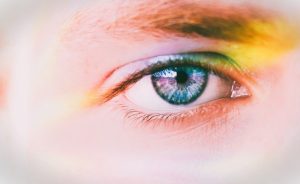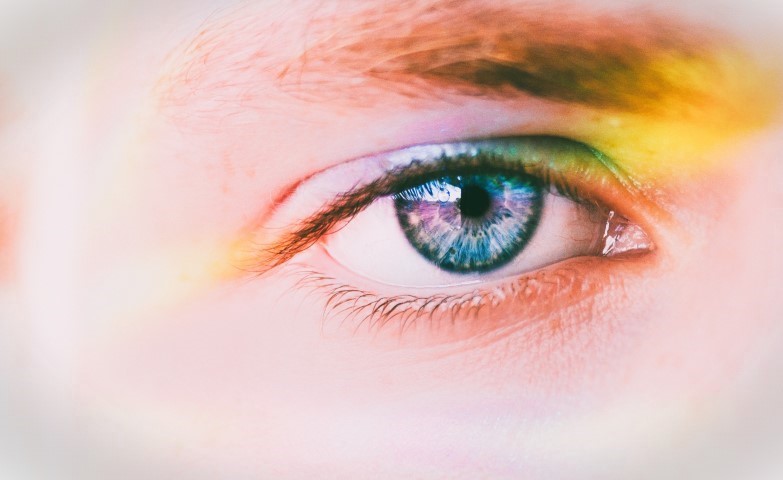 You spot that fresh, warm chocolate cake, just pulled from the oven, calling out to you. The sweet, rich cocoa aroma invites you to help yourself to a healthy sized piece and savor the embrace of the fudge on your palate. The experience will overwhelm your emotions and whisk you away to a heavenly utopia sans worries and diets, an island of wholesome pleasure and never-ending bliss…
You spot that fresh, warm chocolate cake, just pulled from the oven, calling out to you. The sweet, rich cocoa aroma invites you to help yourself to a healthy sized piece and savor the embrace of the fudge on your palate. The experience will overwhelm your emotions and whisk you away to a heavenly utopia sans worries and diets, an island of wholesome pleasure and never-ending bliss…
When the urge rises, the mind becomes a masterful artist, drawing vibrant pictures and thoughts to draw us to places our better conscience knows better to avoid. Thoughts of this sort troubled the Jewish people as they traveled in the desert and cried, “Why did you bring us out of Egypt to die in the desert? There is no bread, nor water, and our soul loathes this dismal bread!” At this time they had water to drink, and Manna to eat, but their minds erased those facts with a vivid picture of gloom and despair.
As a punishment for their ingratitude and loss of faith, G-d sent swarms of snakes to bite them, killing many of the people. Moshe prayed to G-d to end the plague, and then constructed a copper snake on a pole. “Anyone bitten by a snake,” he said, “look up towards the copper snake, and be healed. The Mishnah (Tr. Rosh Hashana 29) explains that G-d, not the snake, brought healing, and this was simply a method to direct their prayers heavenwards.
Moshe chose to make the snake out of copper, explains the Midrash, as the Hebrew words for ‘copper,’ and ‘snake,’ are ‘Nechoshes,’ and ‘Nachash,’ respectively — two words that sound strikingly similar. Besides the clever linguistic conjunction, what purpose did this serve the prime objective of the copper snake – to inspire prayers, and bring healing?
Just as the craving to sin is inspired by imagery, so too the positive desire to improve, and call out to G-d can be stimulated through imagery. Moshe employed visual, poetic, and symbolic means to break through their congested hearts, and steer their minds to reach out for G-d’s aid.
This method of artistic mindfulness has been key to the inspiration of myriads of sages among the Jewish people. They inspired themselves with graphic imagery when they studied Torah, and observed Mitzvos, catapulting their growth to vistas beyond their natural limits. It is perhaps the greatest tool we have to oppose the negative urges, and embrace our yearning for spiritual excellence. May we learn to use our imagination and creativity to emote positive change and accomplishment surpassing all expectations. (Based on Michtav Me’Eliahu, Rav Eliyahu Dessler zt”l)





…Please explain how lifting one’s eyes to the bronze serpent, directed the peoples prayers to Heaven when it is evident, from Hezekiah’s view, that the people had turned it into an idol and object of worship. Was it not supposed to be put to memory for the future coming of Messiah?
Thank you for any response.
Thank you for your important question.
At the time of Moses the serpent was effective at directing their prayers heavenward, but many years later in the time of Hezekiah it had become an idol of sorts and Hezekiah destroyed it with the approval of the sages of his time. I don’t recall its association with the Messiah.